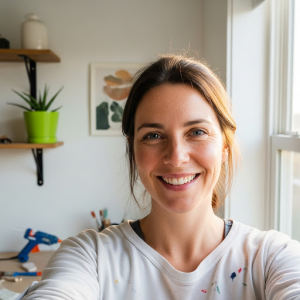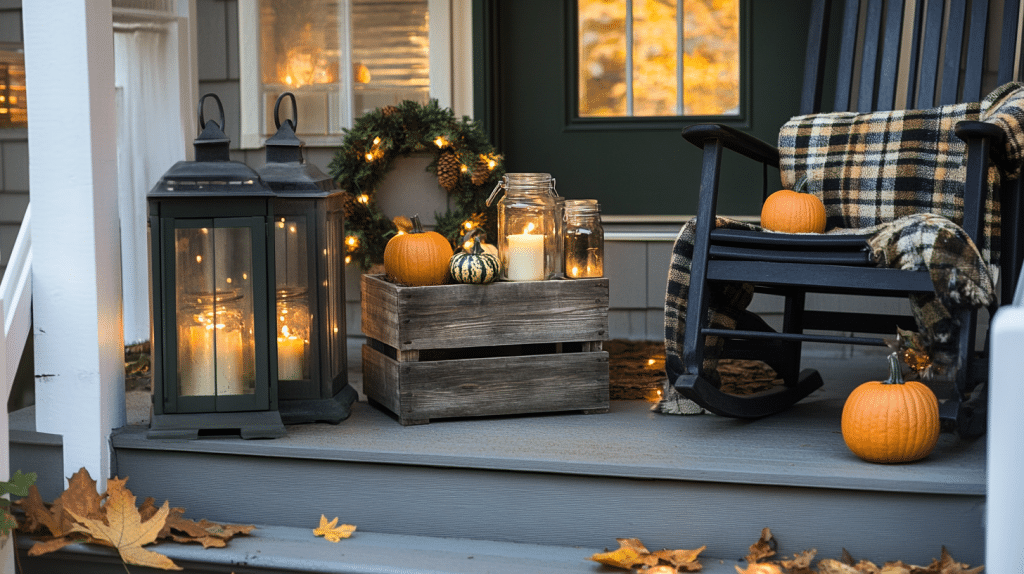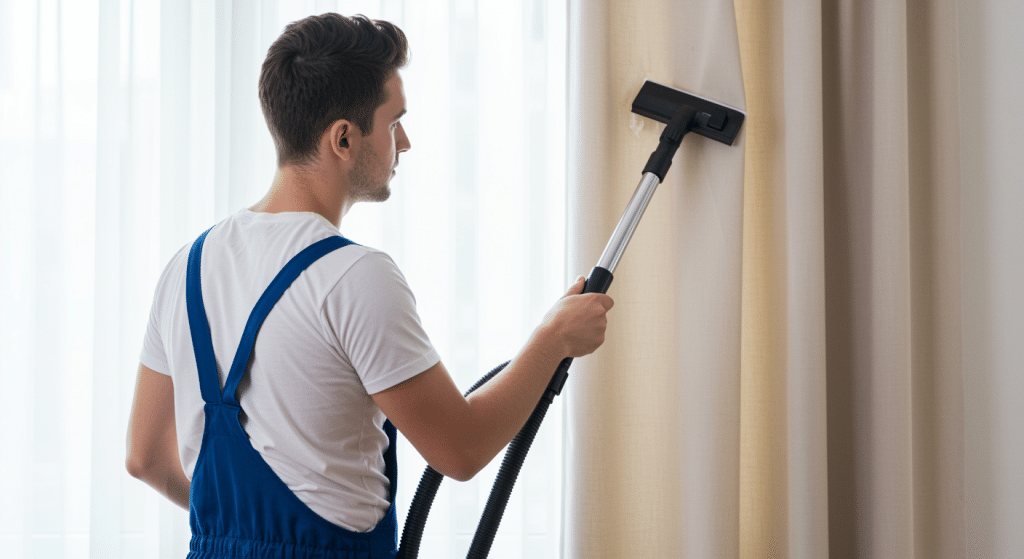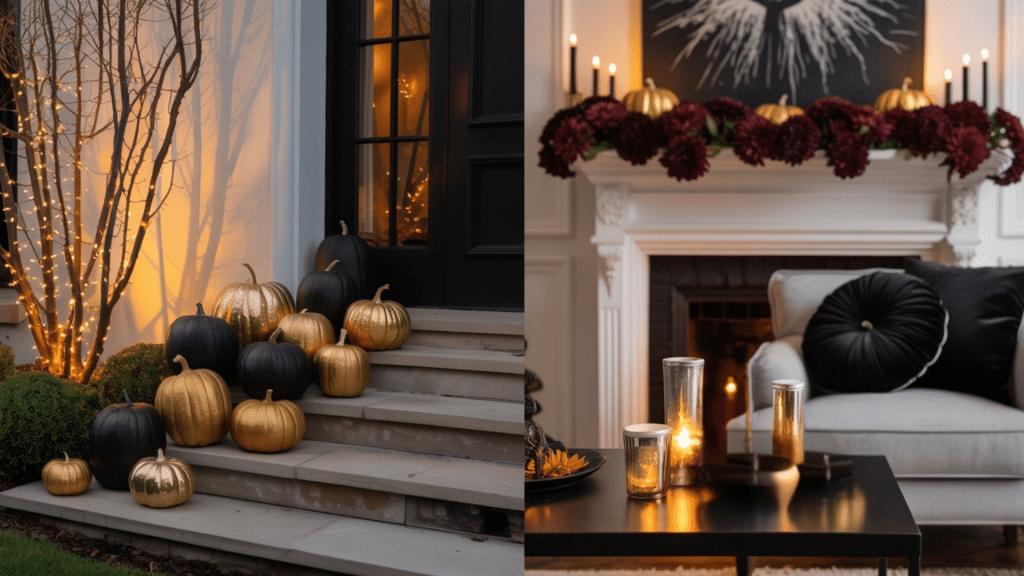You know that fresh paint smell? It’s more than just annoying – it can affect your sleep and health.
After you finish painting the bedroom, then wonder if it’s safe to sleep there the same night. Some even ask, can you die from sleeping in a freshly painted room, or is it just uncomfortable?
The truth is, “dry to touch” doesn’t mean safe. Different paints have different drying and curing times, and your room’s airflow makes all the difference in when it’s truly safe again.
Paint Drying vs. Curing
When you finish painting your bedroom, you’re dealing with two distinct phases that affect when it’s safe to sleep there again.
| Basis | Dry to Touch / Recoat | Fully Cured |
|---|---|---|
| Definition | Surface feels dry and won’t transfer paint | Paint hardens completely for maximum durability |
| What’s Happening | Surface water evaporates | Complete chemical hardening occurs |
| Safety for Sleeping | Still releasing fumes | Fumes significantly reduced |
| Ready For | Applying next coat | Regular use and contact |
Factors Affecting Bedroom Paint Drying

Several things determine how quickly your bedroom paint will be safe to sleep around. Understanding these factors helps you plan better and avoid rushing back into a room that’s still off-gassing fumes.
1. Paint Type
Several things determine how quickly your bedroom paint will be safe to sleep around. Understanding these factors helps you plan better and avoid rushing back into a room that’s still off-gassing fumes.
2. Room Temperature and Humidity
Paint loves warm, dry conditions. Ideal temperature is 65-75°F with humidity below 50%. Cold and high humidity can double your drying time and delay safety.
3. Ventilation and Air Flow
Good airflow cuts drying time in half and clears fumes faster. Poor ventilation traps moisture and chemicals, extending both drying time and unsafe fume periods.
4. Number of Coats Applied
Each coat adds drying time. Multiple thick coats trap moisture underneath, creating longer cure times. Two thin coats typically dry faster than one thick coat.
Pro Tip: Applying a second coat too early traps moisture and solvents underneath, creating soft surfaces that cure slowly and release fumes longer. Wait for complete drying between coats.
Drying and Recoat Time
Different paint types have their own schedules, and knowing these timeframes helps you plan when it’s actually safe to be back in your bedroom.
- Water-Based Latex Paint: These paints are the go-to choice for bedrooms because they work fast. You’ll have a dry-to-touch surface in about an hour, with recoat ready after roughly four hours. Always check your specific paint can for manufacturer recommendations.
- Oil-Based Paint: These paints take their time but offer serious durability. Expect six to eight hours before they’re dry to touch, but wait a full 24 hours before recoating. Rushing leads to poor finishes that don’t last.
If you’re trying to understand the for how long indoor air remains unsafe, the type of paint and conditions make the biggest difference.
Tips for Faster & Safer Drying
Want to speed things up and make your bedroom safer sooner? Here are some practical moves that actually work.
Boost Your Airflow
Cross-ventilation works wonders, open windows on opposite sides and set up a fan pointing outward to pull fumes outside. Your AC helps too by circulating air and controlling humidity levels.
Control the Humidity
Moisture is paint’s enemy. Run a dehumidifier if possible, choose dry weather for painting, and use bathroom exhaust fans nearby to keep humidity low and speed drying.
Smart Do’s and Don’ts
| Do | Don’t |
|---|---|
| Remove outlet covers and switch plates before painting | Lean anything against wet walls |
| Wait at least 24 hours before putting wall decorations back | Move furniture back too quickly |
| Keep the room open for air circulation | Close the room off completely |
These simple steps can cut your waiting time significantly and get you back to sleeping safely.
Final Takeaway
Painting your bedroom doesn’t have to disrupt your life for weeks. With the right knowledge, you can make informed decisions about when it’s genuinely safe to return.
Remember, patience pays off. Those extra hours of waiting aren’t just about avoiding sticky walls they’re about protecting your health and ensuring a quality finish that lasts.
Your nose is often the best judge. If you can still smell strong fumes, give it more time regardless of what the clock says.













